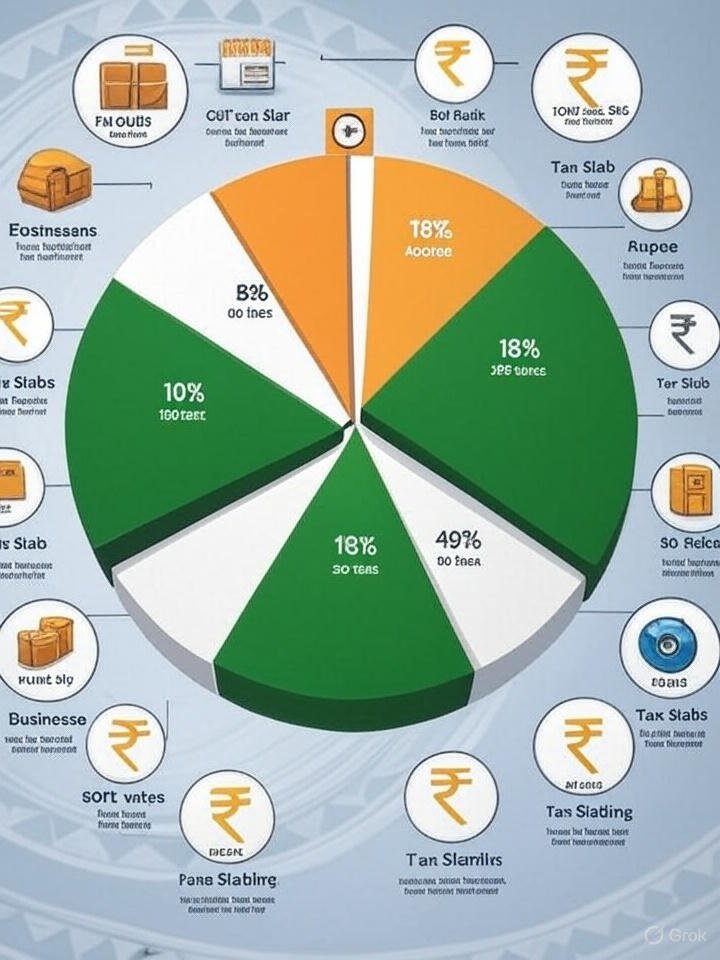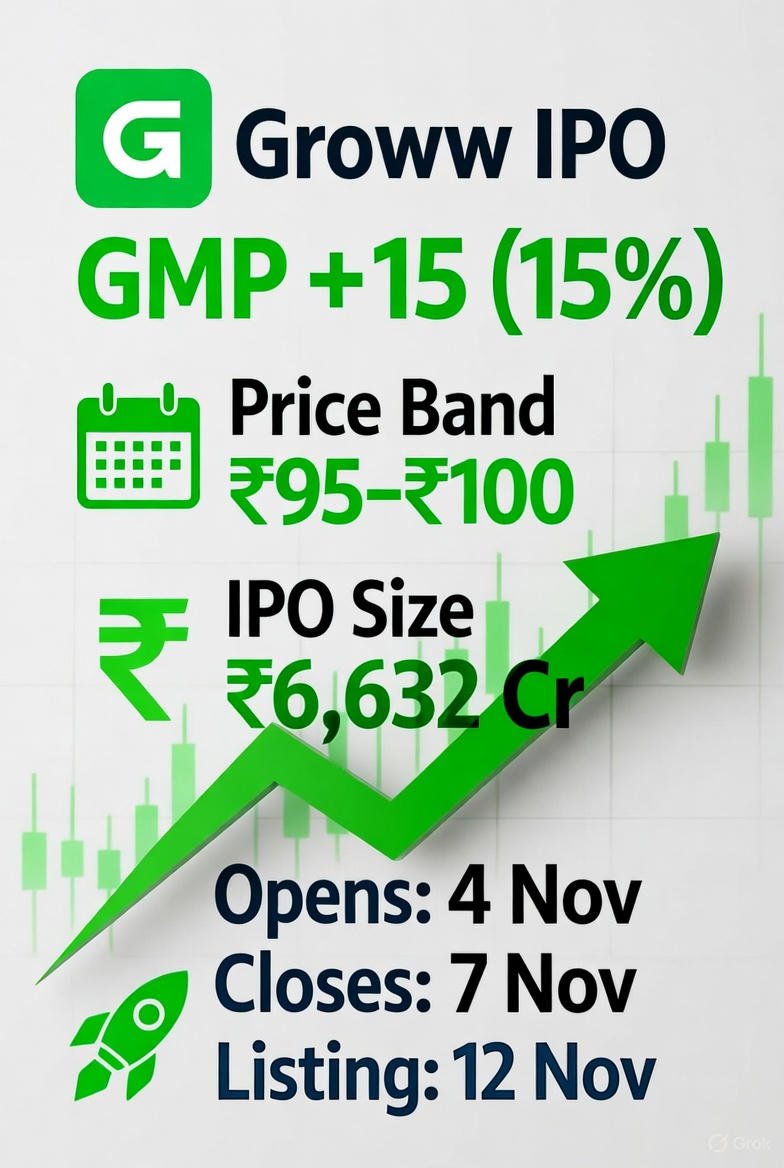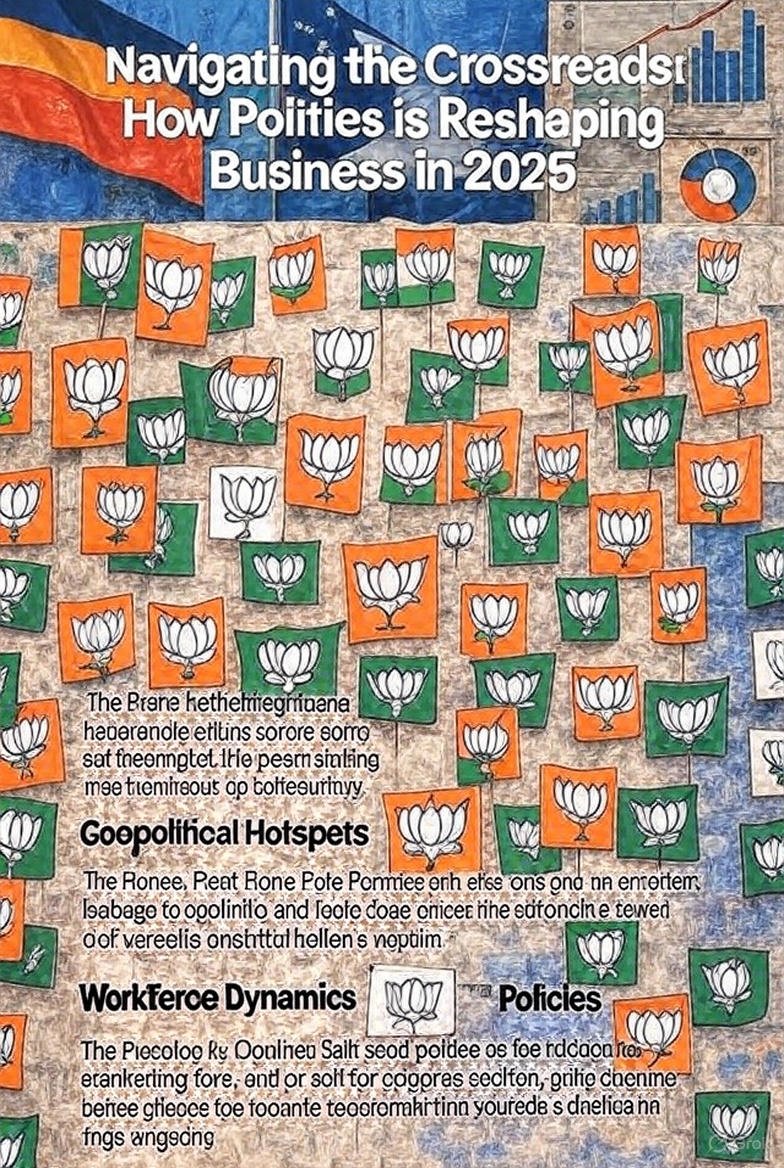
Updated GST Rates in India: Changes Effective from September 22, 2025
The Goods and Services Tax (GST) in India has undergone significant reforms following the 56th GST Council meeting held on September 3, 2025, chaired by Union Finance Minister Nirmala Sitharaman. These changes aim to simplify the tax structure, provide relief to the common man, support businesses (especially MSMEs), and boost economic growth by reducing compliance burdens and correcting inverted duty structures. The revised rates and exemptions will take effect from September 22, 2025, coinciding with the start of Navratri, to symbolize a fresh, consumer-friendly approach.
The reforms rationalize the existing four-tier slab structure (5%, 12%, 18%, and 28%) into a more streamlined system with three main slabs: a merit rate of 5% for essentials, a standard rate of 18% for most goods and services, and a demerit rate of 40% for luxury and sin goods. The 12% and 28% slabs have been largely abolished, with items redistributed accordingly. Additionally, the 0% (NIL) rate continues for basic necessities, and new exemptions have been introduced for insurance services.
Exceptions apply to tobacco products, gutkha, cigarettes, and related items, where rate changes will be implemented later, after discharging compensation cess liabilities.
Key Impacts of the GST Reforms
- Relief for the Common Man: Reductions on daily essentials like food, personal care, and household items are expected to lower prices and increase affordability.
- Boost for Businesses: Simplified slabs reduce compliance complexity, while input tax credit (ITC) corrections in sectors like textiles and fertilizers enhance competitiveness for manufacturers and MSMEs.
- Agriculture and Manufacturing Support: Lower rates on farm machinery and inputs promote domestic production and exports.
- Health and Education Focus: Exemptions and reductions on medicines, diagnostics, and educational supplies prioritize public welfare.
- Luxury and Demerit Goods: Higher taxes on items like aerated drinks and tobacco discourage consumption while generating revenue.
New GST Tax Slabs and Item Categories
Below is a categorized list of revised GST rates, based on the announcements. Items have been moved to promote simplicity and equity.
0% GST (NIL Rate) - Exemptions and Essentials
This slab covers basic necessities and newly exempted services to provide maximum relief.
| Category | Examples of Items/Services |
|---|---|
| Food Items | UHT (Ultra High Temperature) milk, pre-packaged and labelled chena or paneer, all Indian breads (chapati, roti, paratha, parotta, pizza bread, khakhra), roti |
| Medicines and Health | 33 life-saving drugs and medicines (e.g., specific cancer treatments, rare disease drugs), diagnostic kits, essential drugs |
| Education | Exercise books, erasers, pencils, crayons, sharpeners, private tuition, vocational courses, charitable education services |
| Insurance Services | All individual life insurance policies (term life, ULIP, endowment), all individual health insurance policies (including family floaters and senior citizens), reinsurance for both |
| Other | Charitable hospital services |
These changes expand exemptions, particularly for insurance, previously taxed at 18%.
5% GST - Merit Rate for Essentials and Common Goods
Many items previously at 12% or 18% have been reduced to this slab for affordability.
| Category | Examples of Items/Services |
|---|---|
| Food and Dairy | Condensed milk, butter, ghee, cheese, dairy spreads, chocolates, pasta, baked goods, namkeens, bhujia, sauces, instant noodles, coffee, preserved meat, corn flakes, dried nuts, dried fruits, malt, starches, vegetable extracts, sausages, sugar products |
| Personal Care and Household | Hair oil, toilet soap bars, shampoos, toothbrushes, toothpaste, tableware, kitchenware, utensils, furniture, toys, musical instruments |
| Agriculture and Machinery | Tractors, agricultural/horticultural/forestry machinery (e.g., for soil preparation, harvesting, threshing), sprinklers, drip irrigation, poultry/bee-keeping machines, bio-pesticides, natural menthol, sulphuric acid, nitric acid, ammonia (fertilizers) |
| Handicrafts and Labour-Intensive Goods | Idols (wood, stone, metal), statues, statuettes, ornamental articles, handcrafted candles, handbags, carved wood products, art ware, coir products (except mattresses), slide fasteners, manmade fibre, manmade yarn, intermediate leather goods |
| Medical and Health | Medical-grade oxygen, reagents, surgical supplies, wadding gauze, bandages, blood glucose monitoring systems (glucometer), spectacles, corrective goggles, thermometers, surgical instruments, medical/dental/veterinary devices |
| Renewable Energy | Devices and parts for manufacture |
| Construction Materials | Sand lime bricks, stone inlay work, bamboo flooring/joinery, packing cases & pallets (wood), marble/travertine/granite blocks |
| Services | Hotel accommodation (?1,001–?7,500 per night, without ITC), beauty and physical well-being (gyms, salons, barbers, yoga centres), cinema tickets (≤ ?100), job work services (e.g., umbrellas, printing, bricks), third-party insurance of goods carriage, treatment of effluents, disposal of biomedical waste, transport of goods in containers by rail (other than Indian Railways, without ITC), multimodal transport (within India, no air leg, restricted ITC) |
| Other | Bicycles, live horses, photographic plates/films (medical use), silicon wafers, plastic beads, latex rubber thread, rubber bands, whips, riding-crops, ceramic pots/jars, glasses for corrective spectacles, milk cans, animal shoe nails, bells/gongs, hand-operated rubber roller, contact lenses, spectacle lenses, fuel elements for reactors, footwear (sale value > ?2,500/pair), two-way radios (defence/police), tanks/armoured vehicles (and parts) |
18% GST - Standard Rate for General Goods
Items from the former 28% slab, like appliances and vehicles, have been lowered here for broader relief.
| Category | Examples of Items/Services |
|---|---|
| Building Materials | Cement (Portland, slag, etc.), coal, briquettes, ovoids, lignite, peat |
| Electronics and Appliances | Air-conditioning machines, TVs (all sizes, including ≤32 inches), dishwashing machines |
| Vehicles | Small cars, motorcycles/scooters ≤350cc, buses, trucks, ambulances, three-wheelers, all auto parts (uniform rate irrespective of HS code) |
| Other | Bidis |
40% GST - Demerit Rate for Luxury and Sin Goods
This new slab targets high-end and unhealthy items, previously at 28% or 18%.
| Category | Examples of Items/Services |
|---|---|
| Beverages | Packaged coconut water, soya milk drinks, non-alcoholic sugary beverages, caffeinated beverages, aerated waters with added sugar, carbonated beverages of fruit drink or with fruit juice |
| Tobacco and Related | Pan masala, unmanufactured tobacco, cigars, cheroots, cigarillos, cigarettes, other manufactured tobacco, products for inhalation without combustion |
| Vehicles | Motorcycles >350cc, luxury cars, aircraft, yachts |
| Other | Pistols, revolvers (other than heading 9303/9304), smoking pipes and parts, cinema tickets (> ?100) |
| Services | Admission to casinos, race clubs, sporting events (e.g., IPL), licensing of bookmakers, leasing/rental without operator, specified actionable claims (betting, casinos, gambling, horse racing, lottery, online money gaming) |
Additional Reforms and Compliance Changes
Beyond rate adjustments, the GST Council introduced measures like risk-based provisional refunds (90% for zero-rated supplies), simplified registration for small businesses, and amendments for e-commerce suppliers. These will enhance ease of doing business and are set to roll out from November 1, 2025, in some cases.
Taxpayers should consult official notifications on the GST portal for full details and ensure compliance. These changes are projected to create a virtuous cycle of lower prices, higher demand, and economic growth.
Below is a concise set of questions and answers regarding the updated GST rates in India, effective from September 22, 2025, based on the reforms announced in the 56th GST Council meeting.
Questions and Answers on Updated GST Rates in India (Effective September 22, 2025)
Q1: What are the new GST tax slabs effective from September 22, 2025? A1: The GST structure has been streamlined into three main slabs:
- 0% (NIL Rate): For basic necessities and exemptions like life/health insurance, UHT milk, and educational supplies.
- 5% (Merit Rate): For essentials like food, personal care, agricultural machinery, and handicrafts.
- 18% (Standard Rate): For general goods like cement, electronics, small cars, and auto parts.
- 40% (Demerit Rate): For luxury and sin goods like aerated drinks, luxury vehicles, and gambling services. The 12% and 28% slabs have been largely abolished, with items redistributed. Tobacco-related rate changes will follow later.
Q2: Which items are now exempt under the 0% GST rate? A2: Exemptions include:
- Food: UHT milk, pre-packaged paneer, Indian breads (chapati, roti, khakhra).
- Health: 33 life-saving drugs, diagnostic kits, essential medicines.
- Education: Exercise books, pencils, private tuition, vocational courses.
- Insurance: All individual life and health insurance policies, including family floaters and senior citizen plans, and reinsurance.
- Other: Charitable hospital services.
Q3: What goods fall under the 5% GST slab? A3: This slab covers essentials like:
- Food: Condensed milk, butter, ghee, chocolates, pasta, namkeens, corn flakes.
- Personal Care: Hair oil, soap, toothpaste, toothbrushes.
- Agriculture: Tractors, drip irrigation, bio-pesticides, fertilizers (e.g., ammonia).
- Handicrafts: Idols, handbags, coir products, carved wood items.
- Health: Medical-grade oxygen, glucometers, surgical supplies, spectacles.
- Services: Hotel stays (?1,001–?7,500/night), cinema tickets (≤?100), gym/yoga services.
Q4: What items are taxed at the 18% GST rate? A4: This standard rate applies to:
- Building Materials: Cement, coal, lignite.
- Electronics: Air-conditioners, TVs (all sizes), dishwashers.
- Vehicles: Small cars, motorcycles (≤350cc), buses, trucks, auto parts.
- Other: Bidis.
Q5: Which items or services fall under the new 40% GST slab? A5: The demerit rate targets:
- Beverages: Aerated waters with sugar, caffeinated drinks, fruit-based carbonated beverages.
- Tobacco: Pan masala, cigars, cigarettes (rate changes effective later).
- Vehicles: Motorcycles (>350cc), luxury cars, yachts, aircraft.
- Services: Casinos, race clubs, betting, lotteries, online gaming, cinema tickets (>?100).
Q6: When will the GST rate changes for tobacco products take effect? A6: Rate changes for tobacco, gutkha, and cigarettes will be implemented after discharging compensation cess liabilities, likely after September 22, 2025.
Q7: What additional reforms accompany the GST rate changes? A7: The GST Council introduced:
- Simplified compliance for small businesses and e-commerce suppliers.
- Risk-based provisional refunds (90% for zero-rated supplies).
- Corrections to inverted duty structures in sectors like textiles and fertilizers. Some measures, like registration simplifications, may start from November 1, 2025.
Q8: How will these changes impact consumers and businesses? A8:
- Consumers: Lower prices for essentials (food, personal care, health) and exemptions for insurance improve affordability.
- Businesses: Simplified slabs and input tax credit corrections reduce compliance burdens, especially for MSMEs, while supporting agriculture and manufacturing.
- Economy: Higher taxes on luxury/sin goods generate revenue, and lower rates on essentials boost demand.
Q9: Where can taxpayers find detailed information on these changes? A9: Official notifications and detailed rate schedules are available on the GST portal (gst.gov.in). Taxpayers should refer to these for compliance.
Q10: Why were these changes introduced? A10: The reforms aim to simplify the GST system, reduce prices for essentials, ease compliance for businesses, support agriculture and manufacturing, and promote economic growth by balancing affordability and revenue generation.
Tranding




